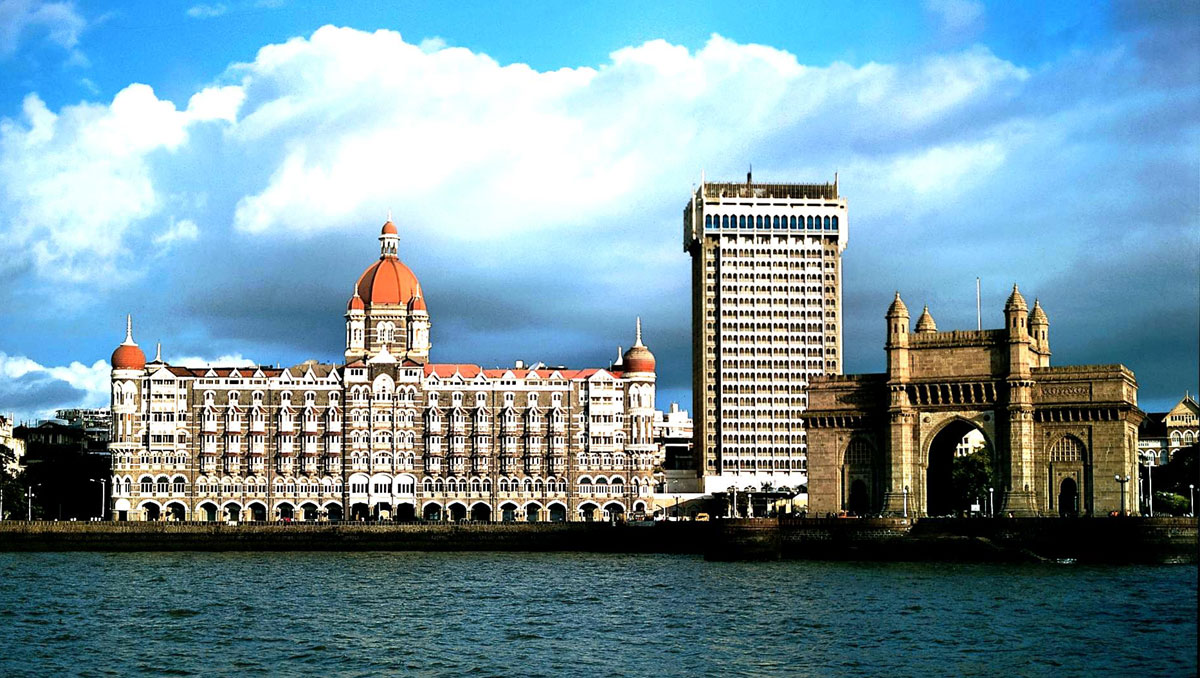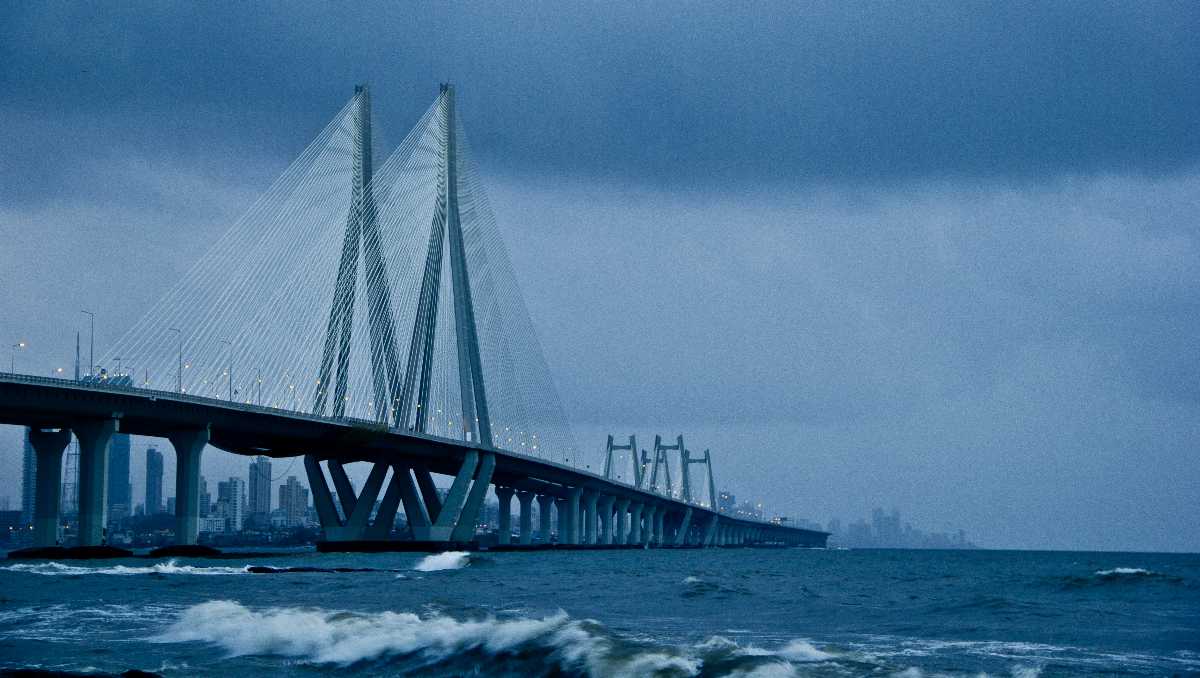International Medical Tourism

Mumbai (also known as Bombay) is the capital city of the Indian state of Maharashtra. It is the most populous city in India, second most populous metropolitan area in India, and the fifth most populous city in the world, with an estimated city population of 18.4 million and metropolitan area population of 20.7 million as of 2011.
The seven islands that came to constitute Mumbai were home to communities of fishing colonies. Mumbai is the financial, commercial and entertainment capital of India. It is also one of the world’s top ten centres of commerce in terms of global financial flow, generating 5% of India’s GDP and accounting for 25% of industrial output, 70% of maritime trade in India (Mumbai Port Trust & JNPT), and 70% of capital transactions to India’s economy.
The city houses important financial institutions such as the Reserve Bank of India, the Bombay Stock Exchange, the National Stock Exchange of India, the SEBI and the corporate headquarters of numerous Indian companies and multinational corporations. It is also home to some of India’s premier scientific and nuclear institutes like BARC and the Department of Atomic Energy.
The city also houses India’s Hindi (Bollywood) and Marathi film and television industry. Mumbai’s business opportunities, as well as its potential to offer a higher standard of living, attract migrants from all over India, making the city a melting pot of many communities and cultures.
Climate
Mumbai has a tropical climate, specifically a tropical wet and dry climate under the Köppen climate classification, with seven months of dryness and peak of rains in July. The cooler season from December to February is followed by the summer season from March to June. The period from June to about the end of September constitutes the south-west monsoon season, and October and November form the post-monsoon season. Between June and September, the south west monsoon rains lash the city. Pre-monsoon showers are received in May. Occasionally, north-east monsoon showers occur in October and November.

Getting to Mumbai
By plane
Mumbai has excellent connectivity with most of the major cities around the world, including, New York, London, Dubai, Singapore, Hong Kong, Kuala Lumpur to name a few. If you are flying from Europe it is generally cheaper to fly from London, and there are many flights daily. Most of the domestic sectors too are linked to Mumbai, making it the busiest hub in the country.
Airport
Mumbai’s Chhatrapati Shivaji International Airport (IATA: BOM) (ICAO: VABB) is India’s second busiest airport and one of the main international gateways to the country. Many international airlines such as British Airways, Delta, Emirates, Malaysia Airlines, Lufthansa, Qantas & Singapore Airlines, fly into Mumbai. Low-cost carriers also fly to the city.
The airport consists mainly of two terminals (for Domestic & International purposes) – both terminals use the same airspace but are 4km apart. There is a free shuttle bus connecting them but be prepared for long delays through security. Going from Domestic to International you are taken outside the airport and you will re-enter through International Departures.
To and from airport
The airport is 28 km from downtown. Take an Uber, Ola cab or a prepaid coupon taxi to minimize hassle. It should not take you more than 200 Indian Rupees to get you to the hospital from the airport. Alternatively one can take a first class ticket on a bus or a train.
Landmarks in and around the hospital:
Mothercare Nursing Home, Khar (West) Mumbai: Khar Gymkhana, Khar Telephone Exchange, McDonalds, National College (Map 2). 10 km from the airport, about 45 mins driving.
